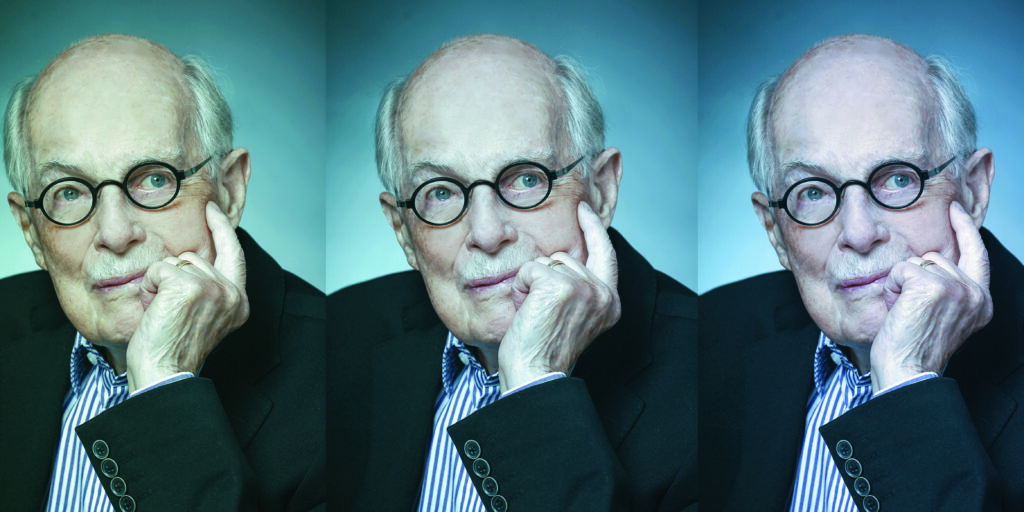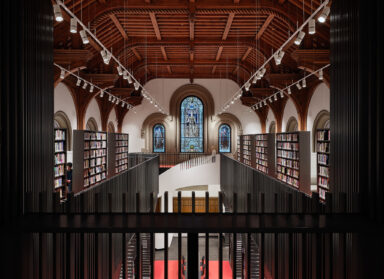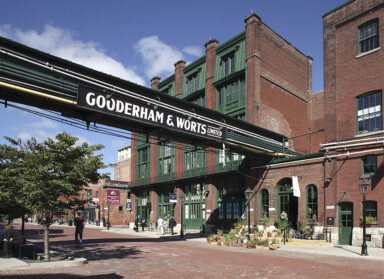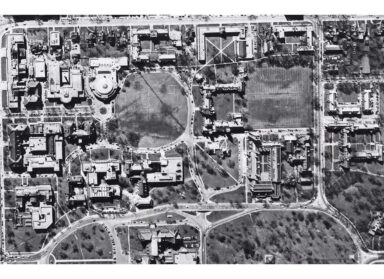I met Bill at what was then the Toronto Historical Board in 1981. Bill was the Chief Architect and I worked under his direction for seven years. I’m convinced that architecture is a skill that one learns from mentorship, and I acknowledge that Bill was my mentor. I’d suggest that Bill’s mentor was Buckminster Fuller, whom he studied under at IIT. Fuller was charismatic and encouraging in front of his students and I think Bill may have absorbed much from him. Fuller created a picture of an architect who could be happy and who placed architecture not as an end in itself but as a servant of a better environment. Fuller’s frequently stated goal was to be an experiment in exploring ‘what good one man could do on behalf of humanity’. That altruism appears again and again in Bill’s work.
Whether Bill knew it or not I was observing his every move. I saw that an architect could work with grace and gentleness. An architect could listen to others and through persuasion, collaboration, and insight, provide direction. Architecture has always been less about bricks and mortar and more about building on and establishing relationships, with trades, builders, owners, and others. I saw that Bill was able to do his work so well because he carried himself with an integrity and a friendliness that was respected by the architectural community and others with whom he worked. Trust was essential. For many years, his credibility was crucial in reinforcing the significance of heritage conservation in the City of Toronto. Prior to working at the Toronto Historical Board, Bill worked for more than twenty years as a partner at Shore and Moffat, planning and designing many modernist university campuses, chief of which was York University.
Bill was not a promoter, so few knew the full extent of his architectural accomplishments and awards. His relationships were broad and long. For example, he graduated from Trinity College in Architecture in 1948 and throughout his career he continued to advise Trinity on practically everything to do with conservation or planning at the college. In 1999, fifty years later, he received an honorary Doctorate in Sacred Letters and I know Bill was deeply gratified by this acknowledgement by the College.
In a time of massive development in the 1980s, Bill was brought in to advise on every major tower downtown: Bay-Adelaide, Scotia Plaza, BCE Place – I could go on to name many more. In each case, we can see that Bill demonstrated that the role of the architect is to be, at heart, a collaborator with others. It is his leadership through collaboration that was his hallmark. I think of the wonderfully nuanced King James Place by KPMB, just west of St. Lawrence Hall, or the carefully balanced conservation strategy for Spadina House. But what I most recall is the impact of Bill Greer as he advised, helped, and guided on the conservation of innumerable buildings on every street corner. Today, I see his handiwork everywhere I go. Heritage Toronto now honours Bill annually with the William Greer Built Heritage Award. He truly changed the face of this city.



